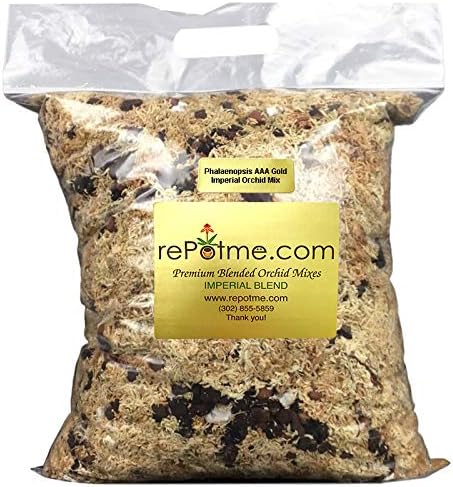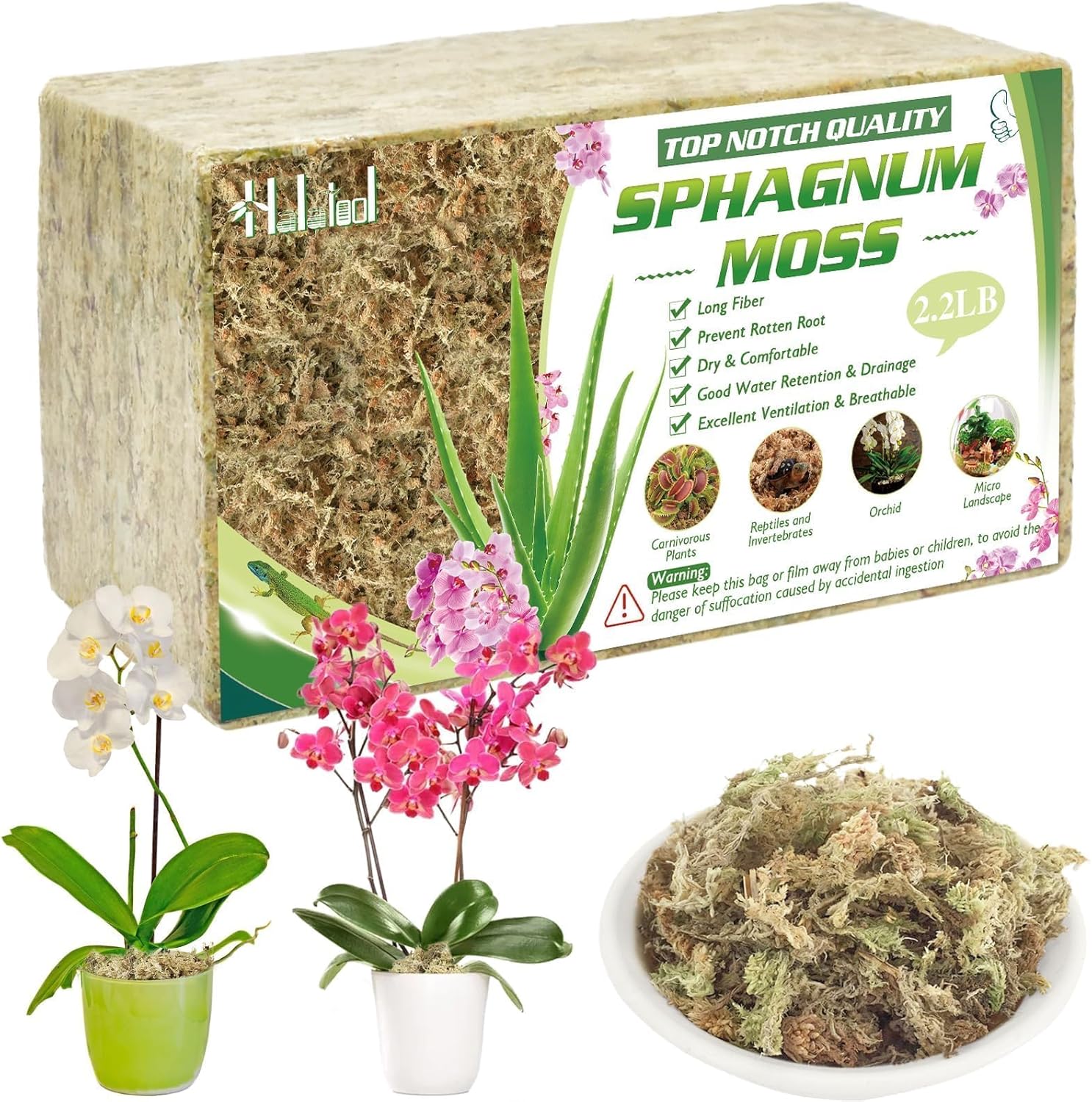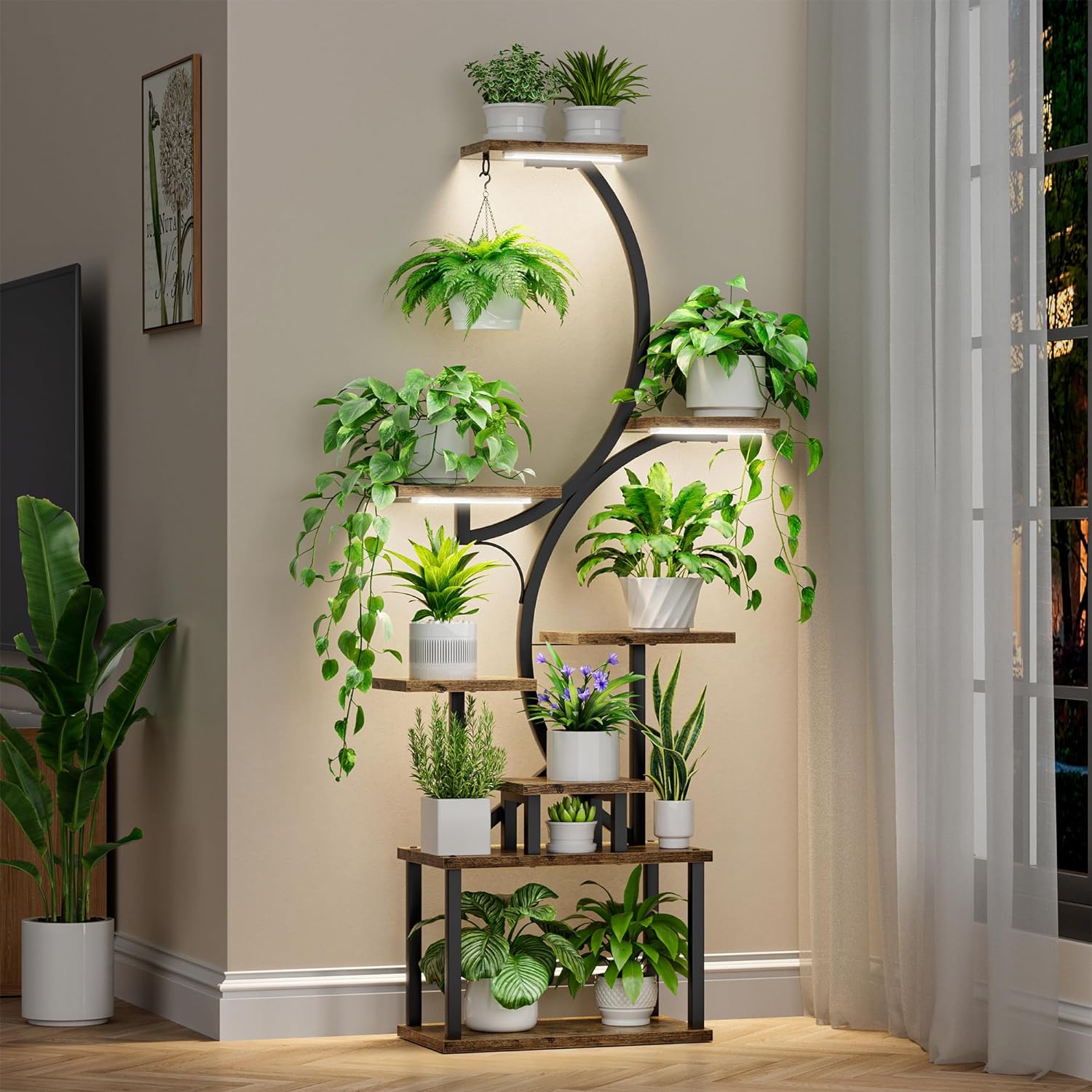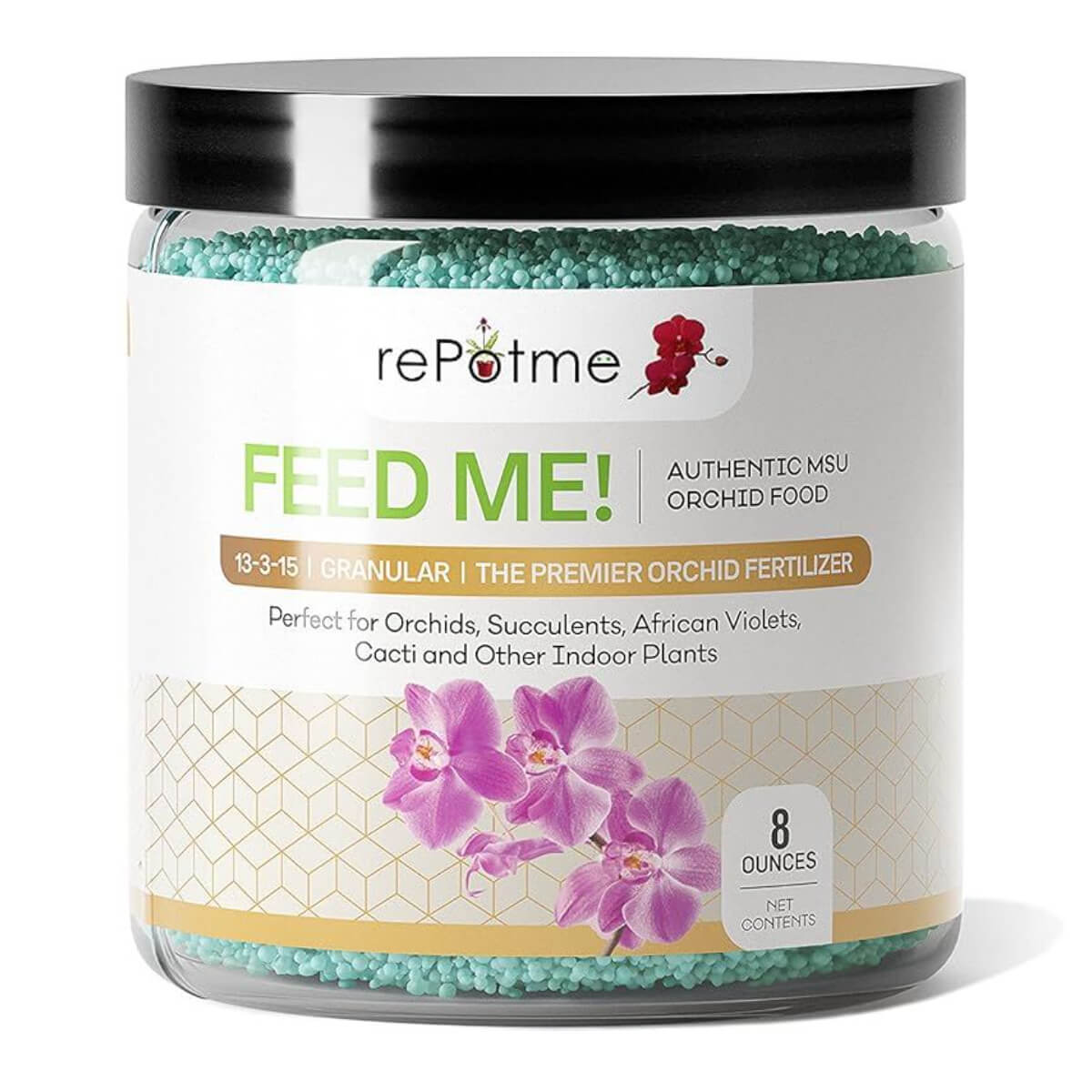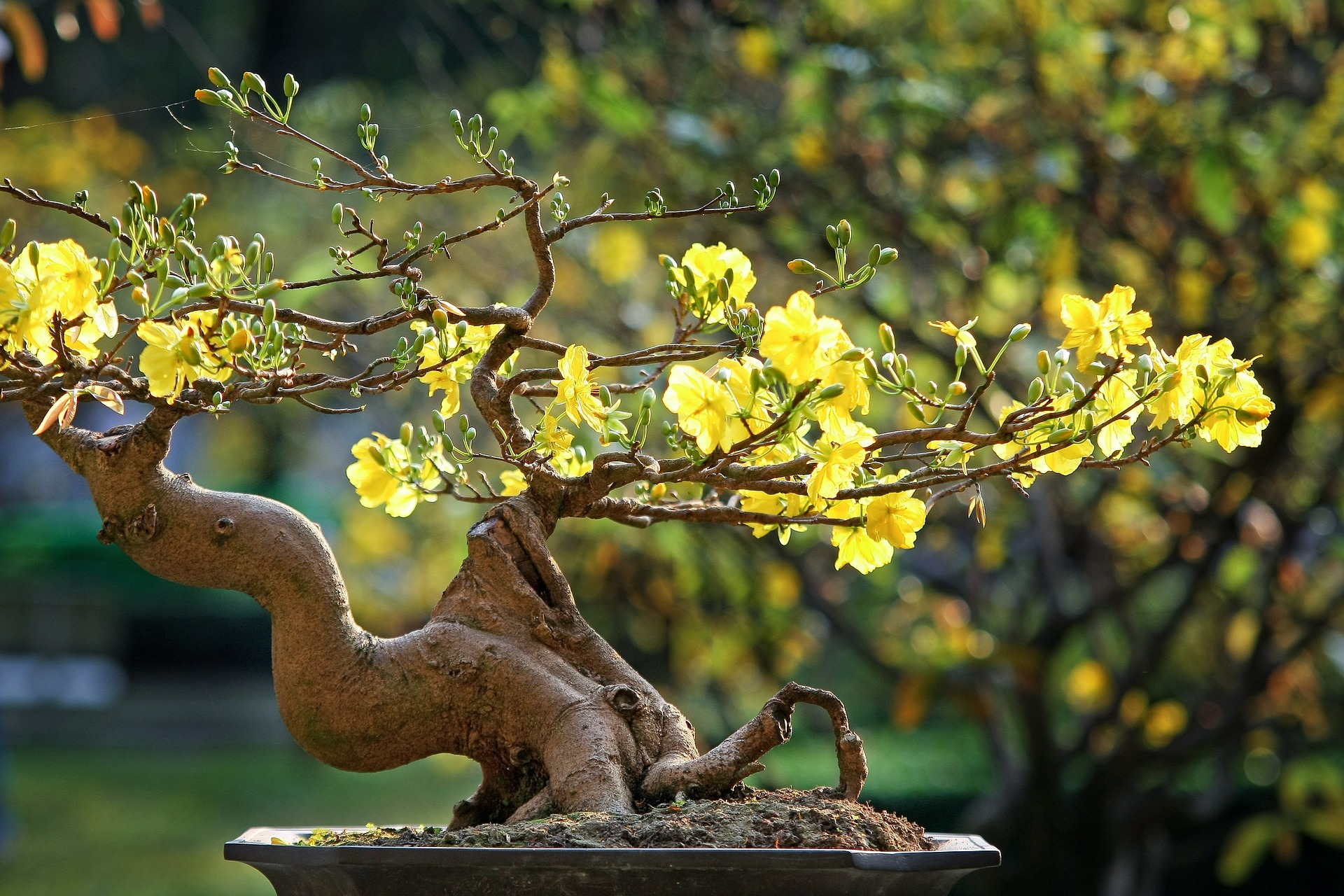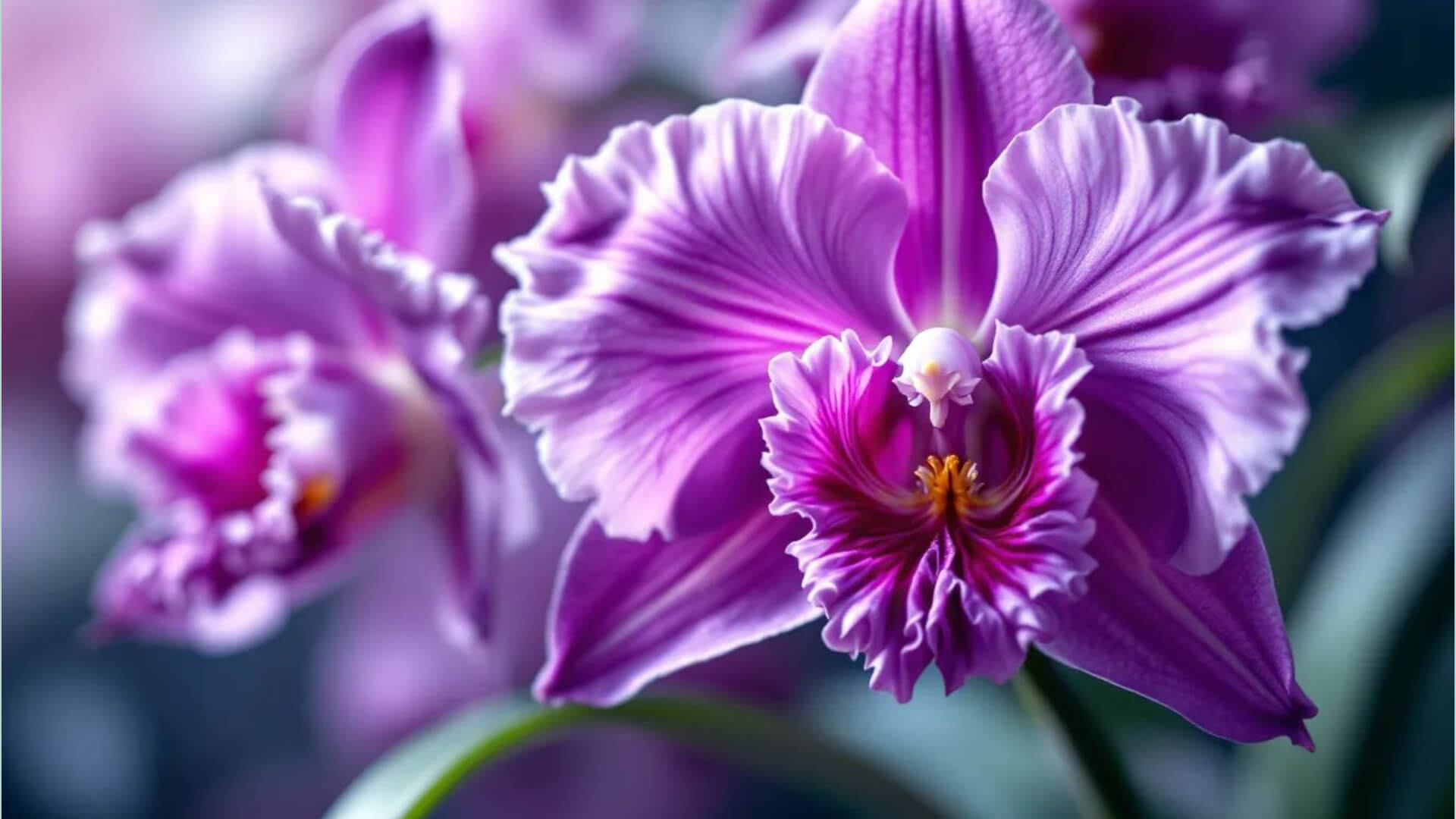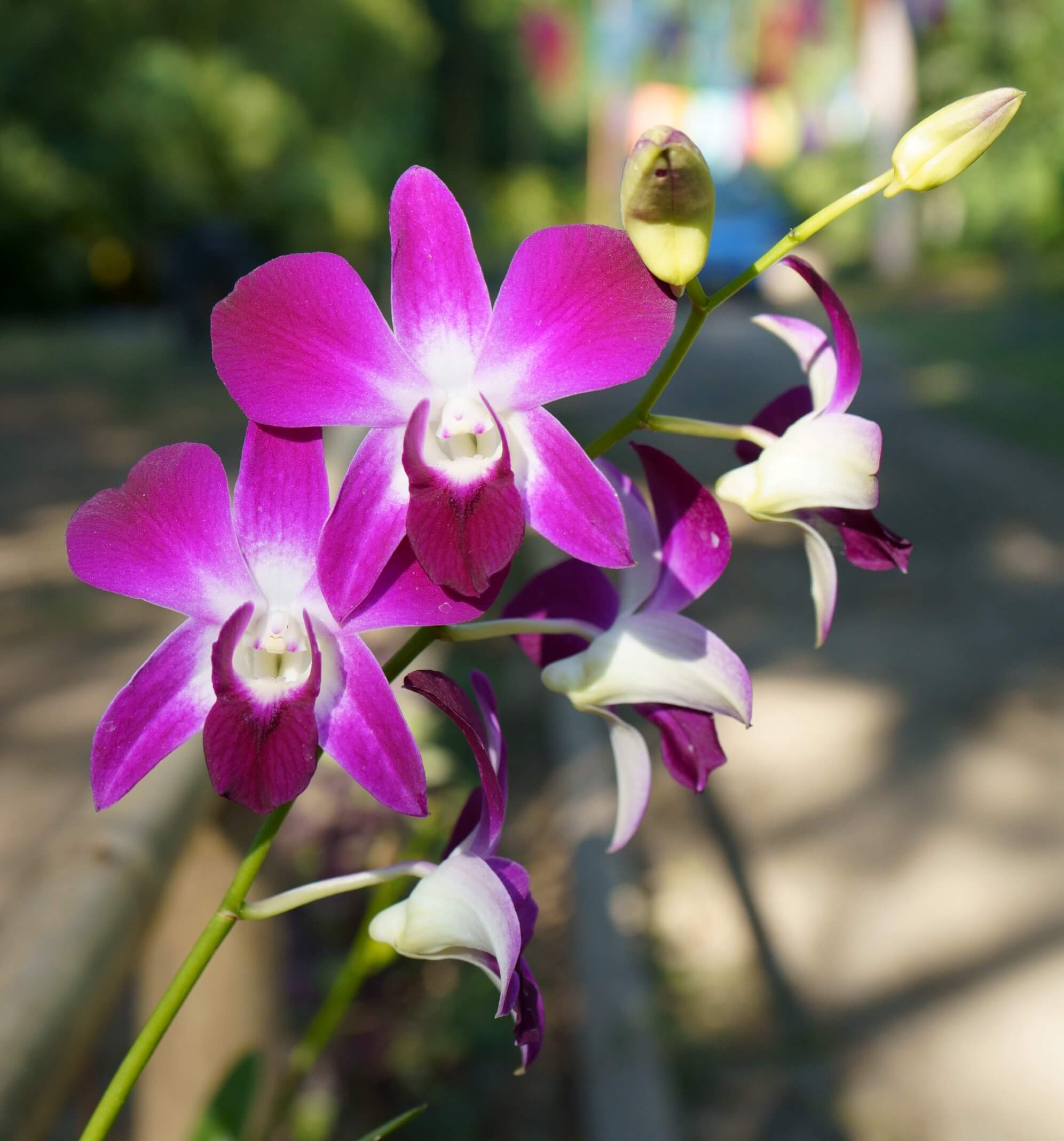- Home
- Fertilizing
- Basic orchid care
Basic Orchid Care for Beginners: A Complete Guide to Growing Stunning Orchids
Orchids are some of the most elegant and captivating plants you can grow, but if you’re new to orchid care, they might seem a bit intimidating. Don’t worry—this guide to basic orchid care for beginners will walk you through everything you need to know to keep your orchids thriving. Whether you’re a first-time orchid owner or just looking to refine your skills, these tips will help you create the perfect environment for your plants to flourish.
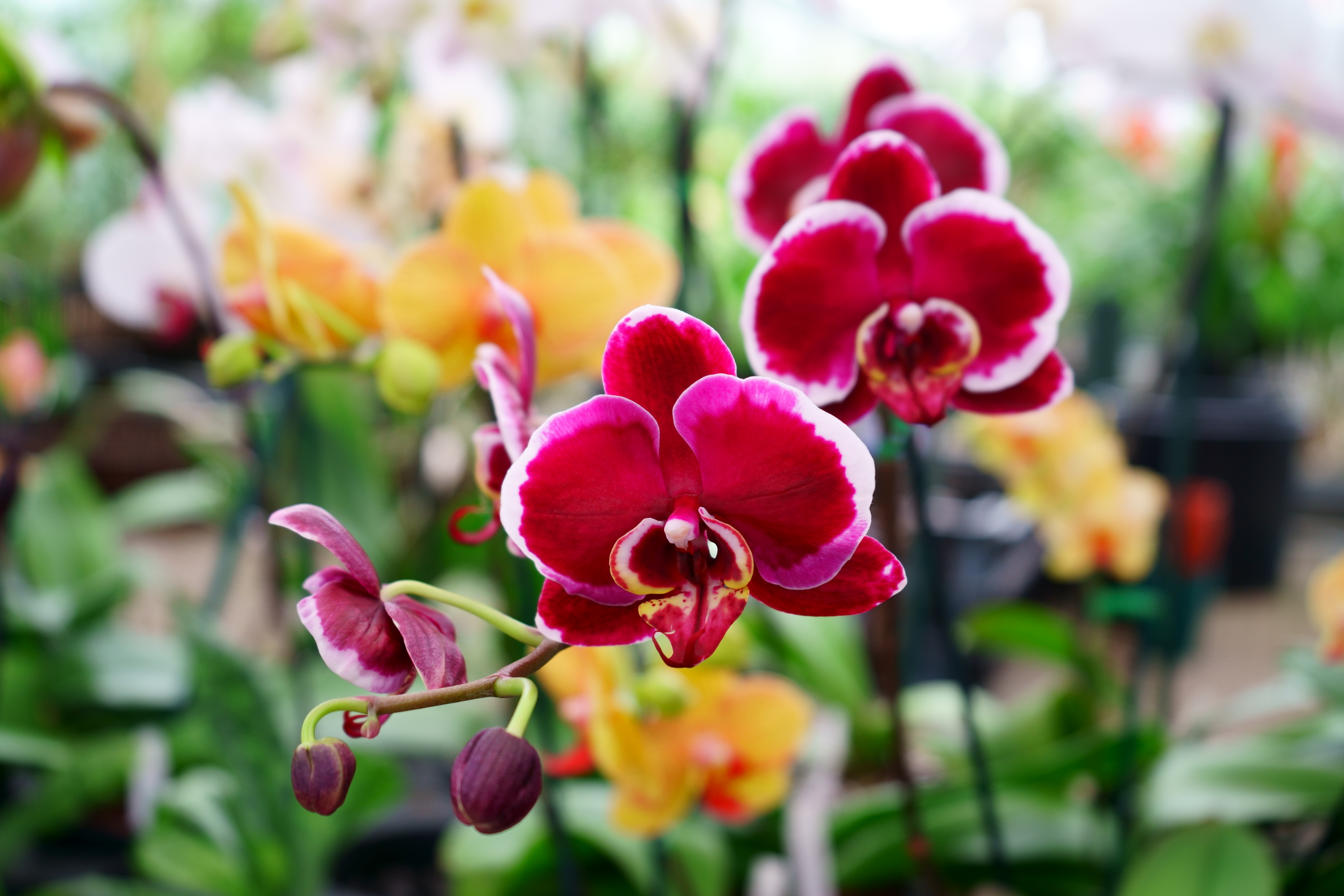
Heavenly Orchids participates in affiliate marketing programs, which means we may earn commissions on qualifying purchases made through our links. We only recommend products we genuinely believe in.
Grow Thriving Orchids! Sign Up for Exclusive Care Tips & Tricks!
Understanding Orchids: Nature’s Air Plants
One of the first things you’ll notice about orchids is that they don’t grow in soil. Unlike most plants, orchids are epiphytes, also known as air plants. In the wild, they attach themselves to trees or rocks, using their roots to anchor onto branches or limbs. But don’t worry—they’re not parasites! Orchids don’t take nutrients from their host plants. Instead, they absorb what they need from rainwater, decaying leaves, and even animal droppings in their environment.
This unique growth habit means that basic orchid care for beginners starts with understanding how to replicate their natural habitat. Let’s dive into the essentials.
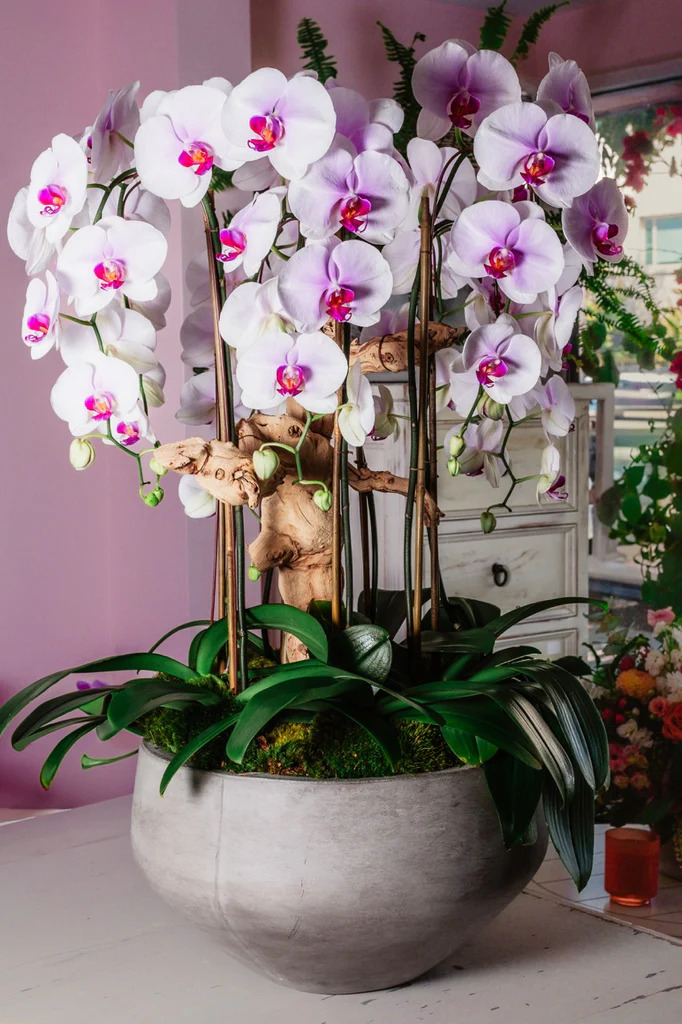
A cascading waterfall of delicate pink phalaenopsis orchids. Their petals, soft as silk and touched with a hint of blush, unfurl gracefully, creating a mesmerizing display of elegance. Check price at Orchid Republic.
Potting Your Orchids: The Right Container Makes All the Difference
While orchids can technically grow without a pot, most beginners will find it easier to use a container. Potting your orchid not only makes care more manageable but also allows you to place your plant in the perfect spot to showcase its beauty.
Choosing the Right Pot
Many orchid enthusiasts prefer clear plastic pot with plenty of aeration. These pots let you monitor the roots, which is crucial for assessing your orchid’s health. Once your orchid is settled in its grow medium, you can place the plastic pot inside a decorative container to enhance its aesthetic appeal.
If your orchid came in a traditional black plastic pot, wait until it finishes blooming before repotting. This ensures the plant isn’t stressed during its flowering phase.
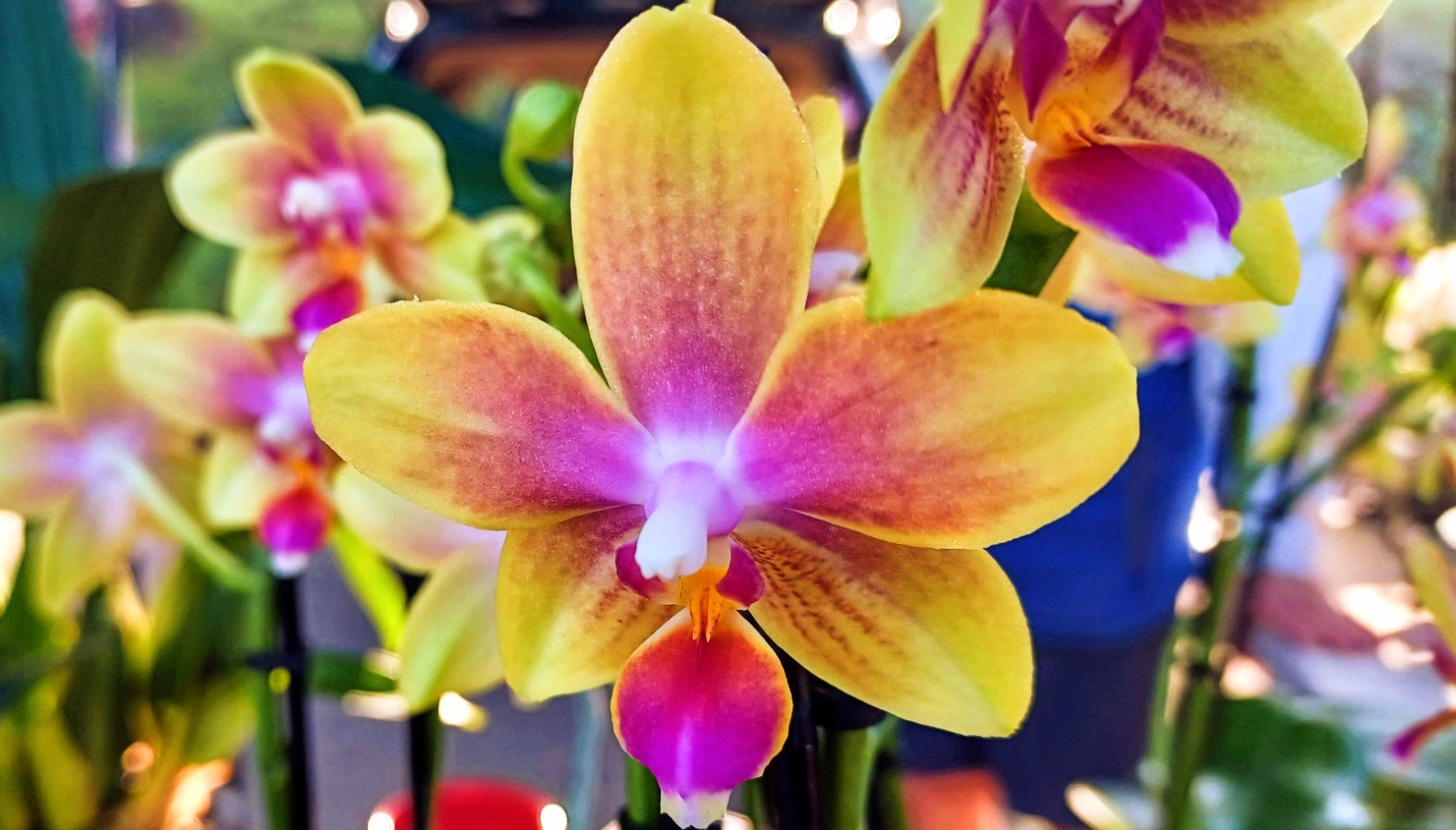
The Perfect Grow Medium: What to Use for Healthy Orchids
Orchids thrive in specific growing mediums that mimic their natural environment. The choice of medium is dependent on the species of orchid and sometimes on the stage of the orchid's growth. Here are the most common options:
1. Wood Bark
Wood bark is a popular choice for basic orchid care for beginners. It provides excellent drainage and airflow, which are essential for healthy roots. Many growers combine wood bark with sphagnum moss to retain just the right amount of moisture. Overwatering is a common mistake for beginners, learn more about how to water orchids in this comprehensive guide.
Recommended Product:
rePotme Orchid Potting Mix – A premium blend of wood bark and sphagnum moss, perfect for beginners.
2. Sphagnum Moss
Sphagnum moss which is sometimes combined with wood bark is another great option, especially for younger orchids with smaller root systems. It holds moisture evenly, ensuring your orchid stays hydrated without becoming waterlogged. To test if your moss needs water, simply scrunch it in your hand. If it makes a crunchy sound, it’s time to water.
Recommended Product:
Natural Sphagnum Moss for Plants – High-quality moss for repotting and nurturing young orchids.
Lighting: Creating the Ideal Environment
In the wild, orchids grow under the dappled shade of tree canopies. This means they prefer bright, indirect light. Direct sunlight can scorch their leaves, so it’s best to place them near a window with filtered light. Early morning or late afternoon sun is usually safe, but avoid harsh midday rays.
If your home doesn’t have the right natural light, consider using supplemental grow lights. These can provide the perfect amount of light without the risk of sunburn.
Recommended Product:
Basekoll Plant Stand with Grow Lights – A stylish solution for providing optimal light to your orchids.
Watering: The Art of HydrationTips for Watering Orchids
Watering is one of the trickiest aspects of basic orchid care for beginners. Overwatering is a common mistake that can lead to root rot, while underwatering can leave your orchid dehydrated. The key is to let the potting medium dry out slightly between waterings.
- Use room-temperature water to avoid shocking the roots.
- Water thoroughly, allowing excess water to drain away.
- Adjust your watering schedule based on the season and your home’s humidity levels.
For the best results, consider using reverse osmosis water, which is free of impurities that can harm your orchids.
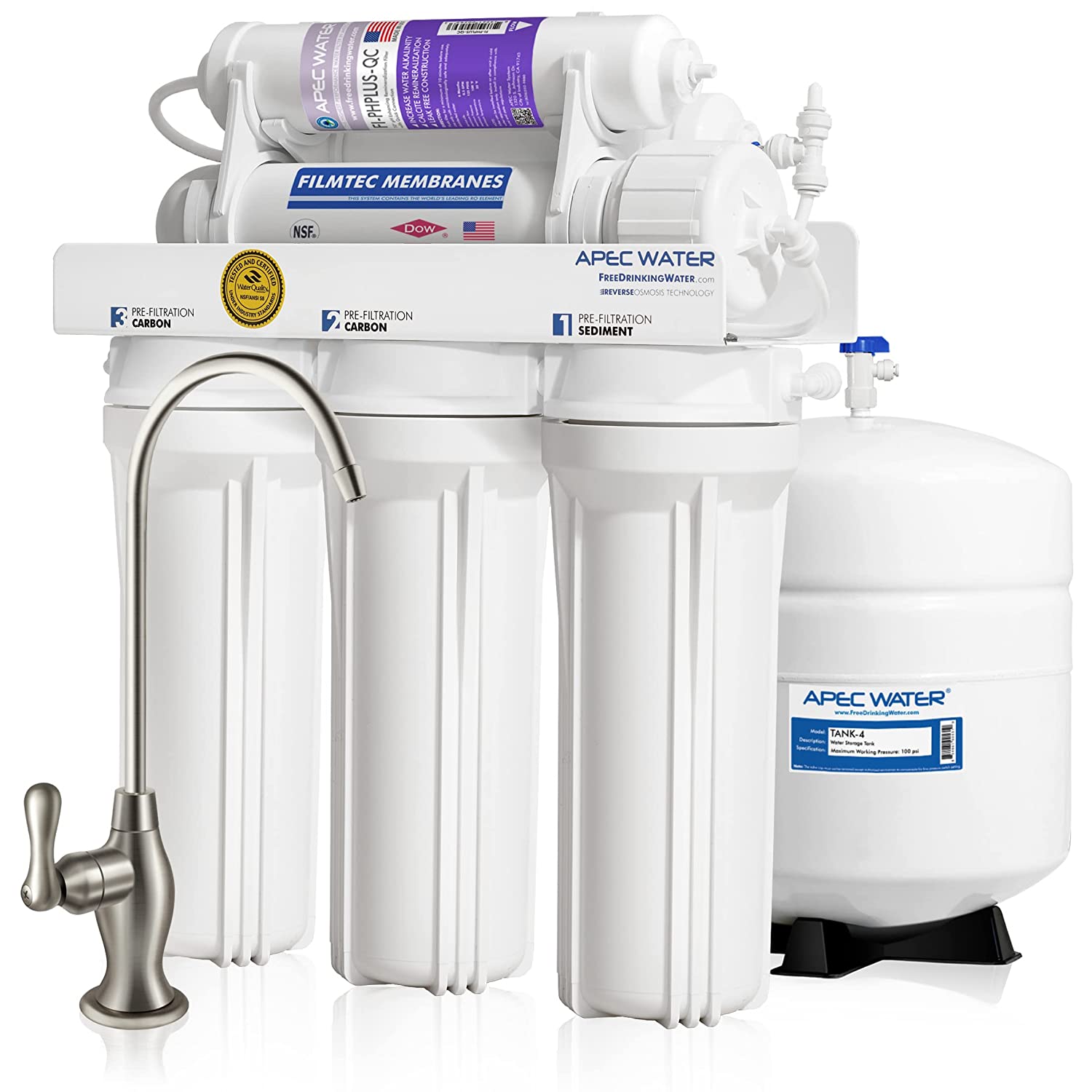
APEC Water Systems Top Tier Supreme Certified Alkaline Mineral pH+ High Flow 90 GPD 6-Stage Ultra Safe Reverse Osmosis Drinking Water Filter System (Ultimate RO-PH90)
Fertilizing: Feeding Your Orchids for Vibrant Growth
Orchids don’t need a lot of fertilizer, but they do benefit from occasional feeding. In nature, they absorb nutrients from decaying organic matter, so we mimic this by providing a balanced, low-dose fertilizer.
- Use a fertilizer specifically formulated for orchids, such as MSU Orchid Fertilizer.
- Learn more about fertilizing here.
- Flush the potting medium with water occasionally to prevent salt buildup.
Recommended Product:
rePotme MSU Orchid Fertilizer – A trusted formula for promoting healthy growth and vibrant blooms.
- Tailored for Orchids Specifically formulated by Michigan State University
- Pure Water Compatibility
- Balanced Nutrient Profile
- Urea-Free Formula
- Versatile and Easy to Use
Creating the Perfect Ambience: Enhancing Your Orchid’s Environment
Orchids thrive in environments with moderate humidity and good airflow. If your home is dry, consider using a humidifier or placing a humidity tray of water near your plants. Adding a small Tabletop Waterfall Fountain can also boost humidity while creating a calming atmosphere.

- Indoor Tabletop Waterfall Fountain
- Creates a soothing sound of flowing water.
- Helps maintain optimal humidity for orchids.
- Adds a decorative, zen-like touch to your space.
-Check Price on Amazon-
Enjoying the Beauty of Orchids
With these basic orchid care tips for beginners, you’re well on your way to growing stunning, healthy orchids. Remember, patience is key; orchids may take time to adjust to their new environment, but the rewards are well worth it. Whether you’re nurturing a single plant or creating an orchid-filled oasis, these elegant blooms will bring joy and beauty to your home.
Explore More Orchid Care Essentials
Ready to take your orchid care to the next level? Check out our curated selection of orchid care products, from potting mixes to grow lights, and create the perfect environment for your plants to thrive.
